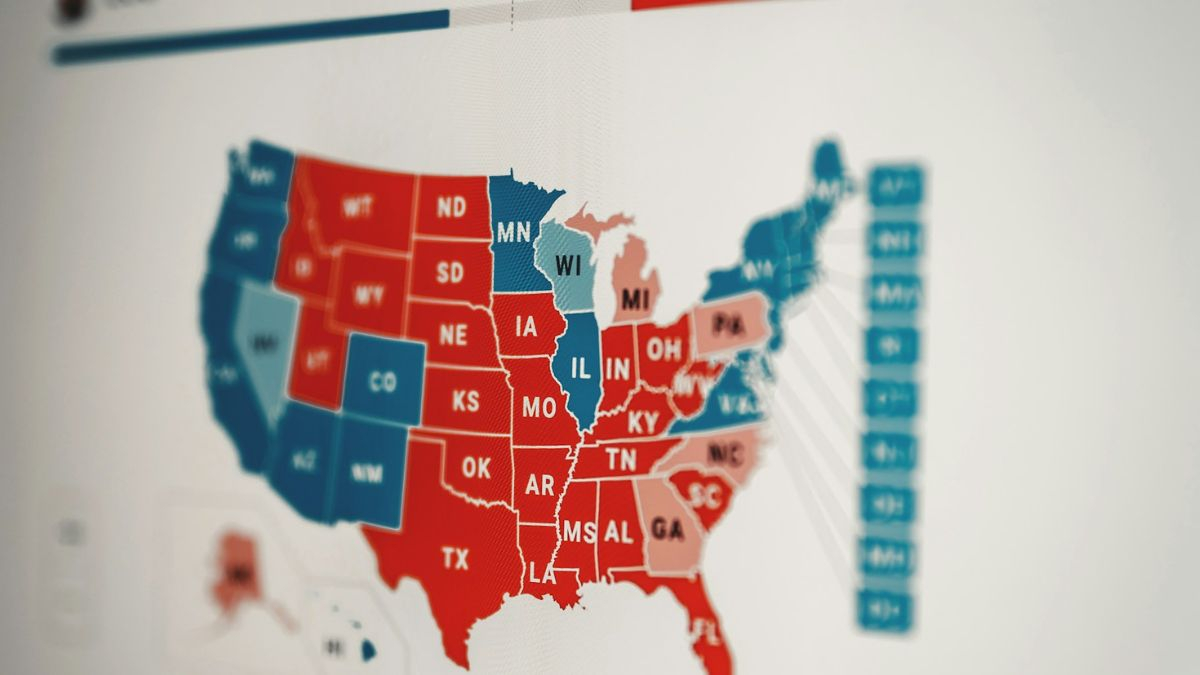Voting is a fundamental right and a civic duty that should not be hindered by distance or duty. For U.S. citizens serving in the military or living abroad, absentee voting provides a means to participate in elections even when they are far from their home state’s polling places. Here’s a guide on how to vote absentee if you find yourself in such circumstances.
Understanding absentee voting
Absentee voting allows registered voters to request, receive, and submit a ballot to their home state without needing to be physically present at their local polling station. This process ensures that all citizens, regardless of their location, have the opportunity to vote.
Eligibility for absentee voting
To vote absentee, you must be a U.S. citizen, at least 18 years old, and meet your state’s residency requirements. Members of the Uniformed Services (active duty military), Merchant Marine, commissioned corps of the Public Health Service and National Oceanic and Atmospheric Administration, eligible family members, and U.S. citizens residing outside the country are all eligible for absentee voting but U.S Citizens born outside of the United States who have never resided in the U.S are ineligible for absentee voting. To apply for absentee voting you must have a place of residence in the U.S.
Voting residence and why is it important?
You need a voting residence to vote by absentee ballot — even if you are only voting for federal offices. Your election office needs your exact voting residence address to determine which offices and candidates you are eligible to vote for — and to send you the appropriate ballot for your voting precinct. Your voting residence is your address in the state in which you were last domiciled, immediately prior to leaving the United States.
This residence may remain valid even if:
- You no longer own property or have other ties to that state.
- Your intent to return to that state is uncertain.
- Your previous address is no longer a recognized residential address.
Voting in an election for federal offices often may not be used as the sole basis of determining residency for the purpose of imposing state and local taxes. If you cannot remember the address where you last physically resided, check old tax records, passports, or family correspondence. Sometimes election offices can help identify your address if you were previously registered.
To claim a new legal residence or domicile, consult legal counsel as there may be other factors to consider, such as tax implications.
Registering for absentee voting
The first step is to register to vote and request an absentee ballot using the Federal Post Card Application (FPCA). The FPCA serves both as a registration and absentee ballot request form. You can obtain an FPCA from the Voting Assistance Officer (VAO) at your military installation, U.S. embassies or consulates, or online through the Federal Voting Assistance Program (FVAP) website.
Deadlines and timing
It’s crucial to pay attention to registration and ballot request deadlines, which vary by state. Generally, it’s recommended to send in your FPCA as early as possible in an election year—ideally by August for November elections—to ensure ample time for processing.
Receiving your ballot
Once your FPCA is processed, you’ll receive your absentee ballot either by mail or electronically, depending on your state’s options and your preference indicated on the FPCA. Some states allow you to receive ballots by email or fax for faster delivery.
Completing and returning your ballot
After receiving your ballot, read the instructions carefully. Complete the ballot, ensuring you follow all guidelines for marking your choices. Return your completed ballot by the specified deadline using the provided envelope or via email or fax if permitted by your state.
Federal write-in absentee ballot
If you haven’t received your official absentee ballot in time to return it by the deadline, use the Federal Write-In Absentee Ballot (FWAB) as a backup. The FWAB can be used for federal offices like President, U.S. Senate, and U.S. House of Representatives elections.
Tracking Your Ballot
Many states offer ways to track the status of your absentee ballot through their official election websites. This feature allows you to confirm that your ballot has been received and counted.
Assistance and resources
For assistance throughout this process, contact your VAO or visit the FVAP website for comprehensive guides and resources tailored for military and overseas voters.
Making your vote count
No matter where you are in the world, your vote matters. By understanding and utilizing absentee voting procedures, military personnel and overseas citizens can ensure their voices are heard in U.S. elections.
This article provides an overview of how military personnel and U.S. citizens living abroad can vote absentee. Remember that specific details may vary by state, so it’s essential to consult with election officials or resources like FVAP for guidance tailored to your situation.

